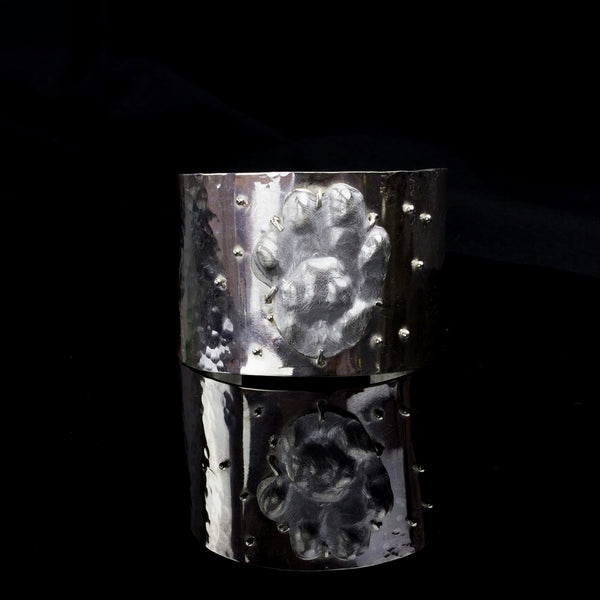(This is part III in our series on living slow. Catch up on part I and part II)
We seem to have evolved into a society that puts a lot of emphasis on material goods. Clothing and fashion is often a symbol of the ‘haves’ and the ‘have nots’, of ‘in’ versus ‘out’, of ‘good’ versus ‘bad’. This is not that discussion. There is far more meaning in what we wear than how much it cost or how current it is. Clothing and fashion are also ways people have to express themselves, their ideals and values and even identity.
So you may or may not have heard about Slow Fashion. It’s a thing! If fashion gets a bad rap for being superfluous, flighty and shallow, slow fashion would be its more measured, thoughtful companion.
What is Slow Fashion?
Influenced by the ‘Slow Food’ movement, the term “Slow Fashion” was coined by Kate Fletcher, from the Centre for Sustainable Fashion. It stands for a more conscientious way of both producing and consuming goods, inviting conversation from all aspects of production on how we can do better.
“The fashion industry is contributing to today’s sustainability challenge in a number of ways. It currently uses a constant flow of natural resources to produce ‘Fast Fashion’ garments. In the way it operates, this industry is constantly contributing to the depletion of fossil fuels, used, for example, in textile & garment production and transportation. Fresh water reservoirs are also being increasingly diminished for cotton crop irrigation. The fashion industry is also introducing in a systematic way, and in ever-greater amounts, manmade compounds such as pesticides and synthetic fibres, which increases their persistent presence in nature. As a result, some natural resources are in jeopardy and forests and ecosystems are being damaged or destroyed for such things as fibre production, leading to issues such as droughts, desertification and not least, climate change, that are affecting society at large.” – Not Just a Label
Slow Fashion tries to claw back a bit of what we have lost, an attempt to re-balance and find the ‘right’ pace, re-creating connections lost in today’s faster world.
“Slow Fashion is the movement of designing, creating, and buying … for quality and longevity. Slow fashion encourages slower production schedules, fair wages, lower carbon footprints, and (ideally) zero waste.” – Study New York







Comments
0 Comments
Leave a Comment